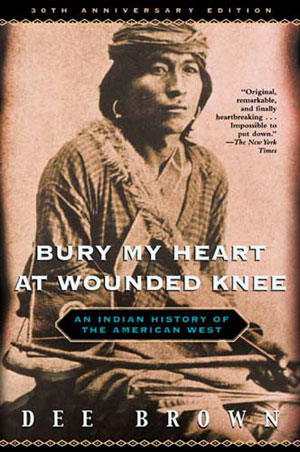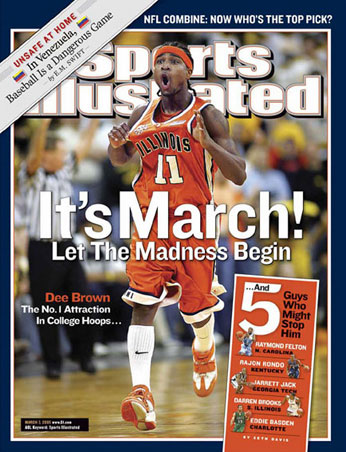A major theme running throughout this story relates to questions of orientation and direction. How do we orient ourselves in the landscape? How is this sense of direction produced on both a material and symbolic level? How does it evolve? And how do we disentangle the conflation of direction, symbolism, and ideology?
These questions were inspired by a simple appeal made by the author Dee Brown toward the end of the introduction to his book Bury My Heart at Wounded Knee. First published in 1970, it has sold over four million copies and been translated into seventeen languages.
Brown writes:
"I have tried to fashion a narrative of the conquest of the American West as the victims experienced it, using their own words whenever possible. Americans who have always looked westward when reading about this period should read this book facing eastward. This is not a cheerful book, but history has a way of intruding upon the present, and perhaps those who read it will have a clearer understanding of what the American Indian is, by knowing what he was. They may be surprised to hear words of gentle reasonableness coming from the mouths of Indians stereotyped in the American myth as ruthless savages."


Incidentally, this book was written in Urbana. Brown spent 24 years working as an agricultural librarian on this campus. He died in 2002, the same year another Dee Brown - who has since become the face of Fighting Illini basketball - came to campus. Here begins the ironic intermingling of past and present....
This story is told facing eastward - it is, in part, an effort to come to terms with the profound implications of this gesture....